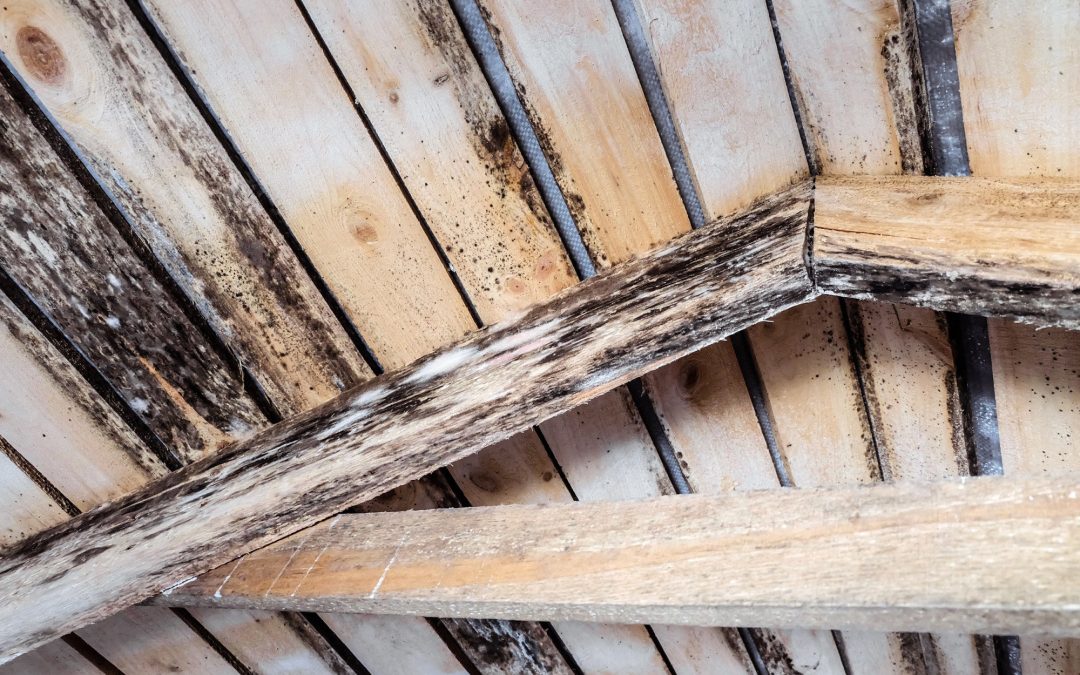When you think about air pollution, you might picture a factory or trucks emitting carbon. It might surprise you to learn that the air indoors can be just as polluted. In fact, some pollutants are two to five times more concentrated inside.
Black mold and the toxins it produces are one of those pollutants. These molds like to grow in warm, humid places, so you’ll often find them in showers and laundry rooms. You may also find them growing anywhere you’ve had water damage.
Like other indoor air pollutants, black mold can make you sick. Here are the top symptoms and what you can do to treat it.
Respiratory Black Mold Symptoms
Black mold poisoning happens when you breathe in the spores of the mold. These spores contain toxins.
At first, you may only experience mild irritation. Over time, though, symptoms of mold exposure usually get worse.
Since symptoms are produced when you breathe in the toxins, the most common symptoms are respiratory. You may notice:
- A sore or itchy throat
- A stuffy or runny nose
- Coughing
- Wheezing
Black mold symptoms are different for certain people, such as those with asthma. They may experience:
- Allergic reactions
- Persistent coughing
- Sinus inflammation
- Difficulty breathing
- Frequent chest infections
You may also have itchy skin or eyes. Nosebleeds are also common. Some people may experience fatigue and headaches.
Long-Term Symptoms of Exposure
Black mold exposure may not be very serious to start. Over time, it causes much more serious symptoms. Long-term exposure to the toxins in the spores may cause:
- Anxiety
- Sensitivity to light
- Numbness or other nerve issues
- Weight gain
- Pain
- Trouble concentrating and memory loss
For at-risk groups, such as those with immune system issues, asthma or COPD, black mold has the potential to make their conditions worse.
What to do about Black Mold Symptoms
If you suspect that your symptoms are caused by black mold, there are many steps you can take.
First, order a test to check the levels of mold toxins in your home. You may be able to see some molds, such as those growing in the bathroom, kitchen or laundry room.
If you’ve had water damage in your home, molds may be growing underneath carpets or in unusual places like wall cavities. You may want to have carpets removed and replaced as these can become reservoirs for mold spores.
The best thing you can do is remove mold from the property when you discover it. You can buy a commercial cleaner or you can use a homemade cleaner made from vinegar or even a diluted bleach product if the surface warrants this type of chemical.
We typically suggest hiring someone professionally to come in and clean black or toxic mold if the mold is in a hard-to-reach spot or if it cannot be fully removed from surface cleaning as in the case with porus items such as drywall, wood and insulation. If you’re in an at-risk health group, this is also a smart plan.
Until you can confirm the mold has been removed, you will want to use caution and limit your exposure to the contaminated environment. You may also want to arrange to stay somewhere else until the mold can be removed.
Prevent Mold from Coming Back
Once you’ve cleaned mold, prevent it from coming back through cleaning and from moisture management. You can also keep humidity low to discourage growth.
If you’re concerned that there may be black mold growing in your home, get in touch with us. We can test your home and help provide guidance on the removal of mold that might be harming your health.

